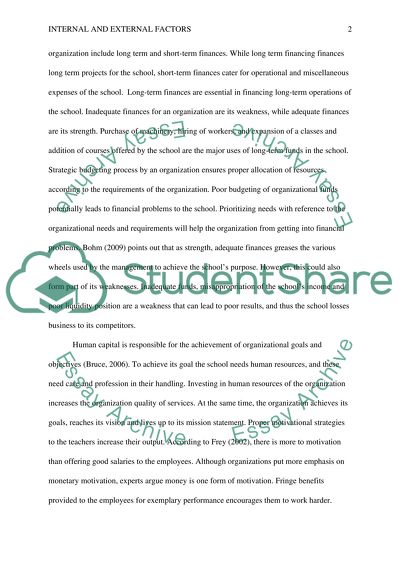Cite this document
(“Strategic Plan of my current employer Essay Example | Topics and Well Written Essays - 1250 words”, n.d.)
Retrieved from https://studentshare.org/marketing/1482548-strategic-plan-of-my-current-employer
Retrieved from https://studentshare.org/marketing/1482548-strategic-plan-of-my-current-employer
(Strategic Plan of My Current Employer Essay Example | Topics and Well Written Essays - 1250 Words)
https://studentshare.org/marketing/1482548-strategic-plan-of-my-current-employer.
https://studentshare.org/marketing/1482548-strategic-plan-of-my-current-employer.
“Strategic Plan of My Current Employer Essay Example | Topics and Well Written Essays - 1250 Words”, n.d. https://studentshare.org/marketing/1482548-strategic-plan-of-my-current-employer.


